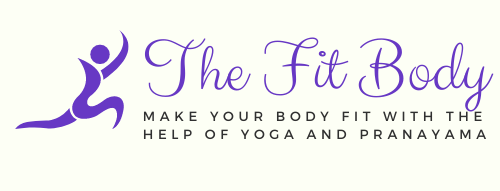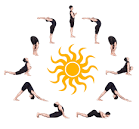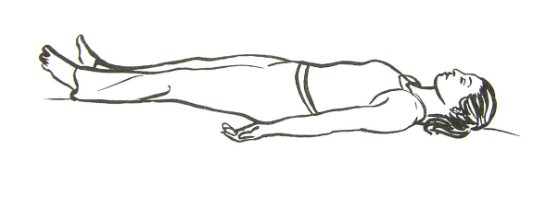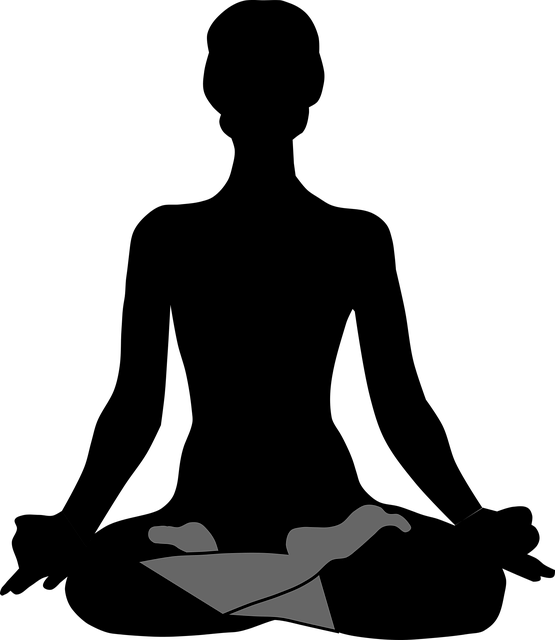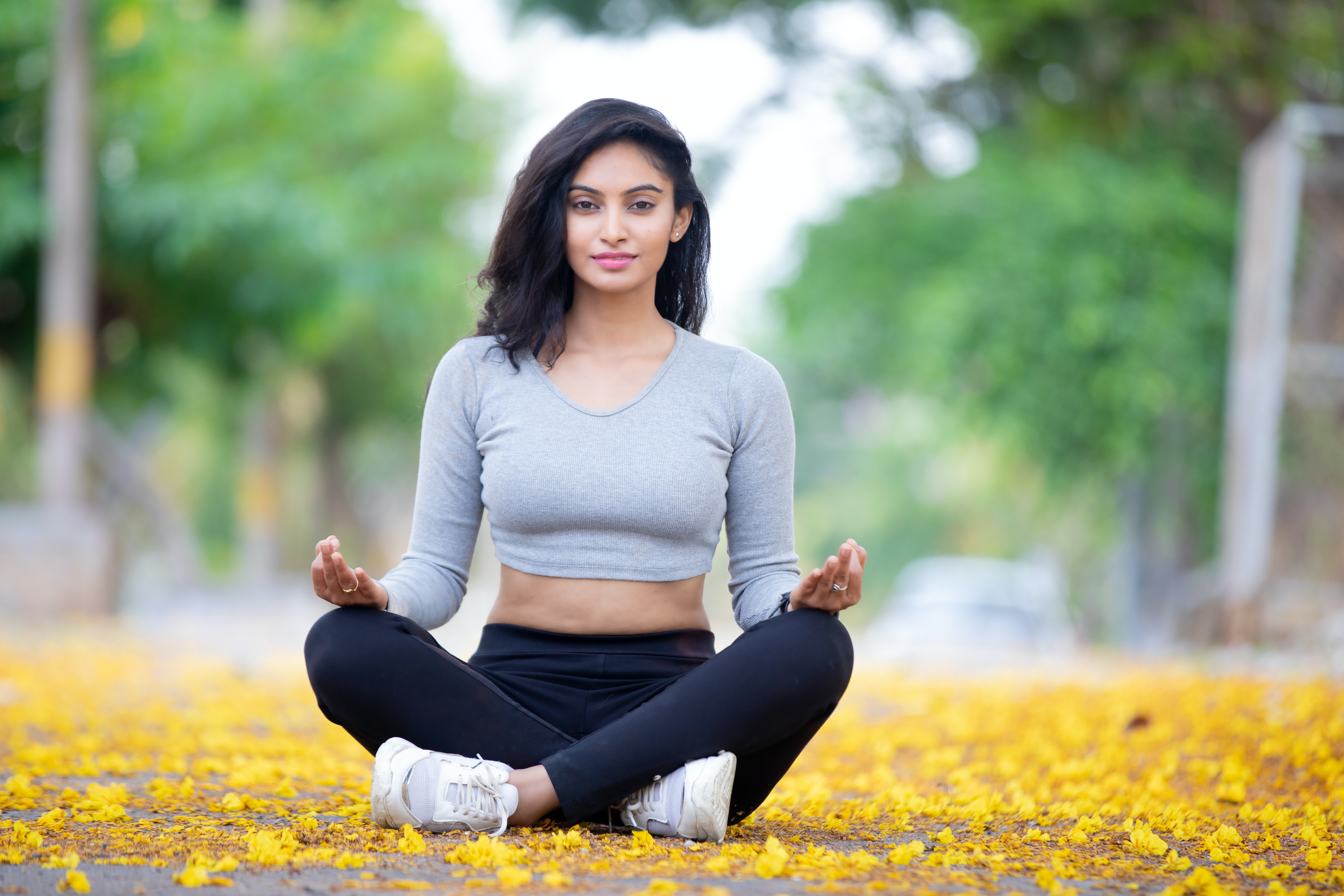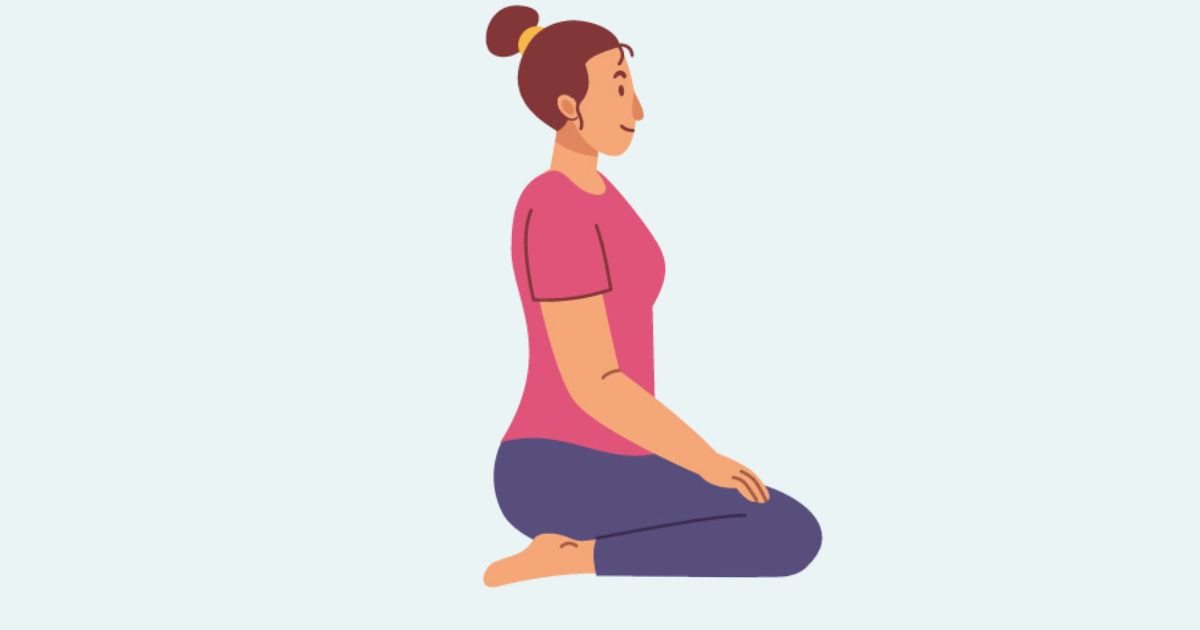Shukhasana, also known as the “Easy Pose” or “Comfortable Pose,” is a basic seated yoga posture that promotes relaxation and grounding. Here’s how you can practice Shukhasana:
- Starting Position: Begin by sitting on a yoga mat or a comfortable surface with your legs extended in front of you.
- Bend Your Knees: Cross your legs at the shins, bringing your knees closer towards your chest.
- Adjustment: Slide each foot under the opposite knee, so that your knees are stacked on top of each other. Your feet should be relaxed and the outer edges resting on the floor.
- Alignment: Ensure that your pelvis is in a neutral position, with the sitting bones evenly grounded on the surface. Your spine should be straight, elongating upward.
- Hand Placement: Rest your hands on your knees, either by forming a gentle mudra (hand gesture) or by placing your palms facing down or up.
- Relaxation: Close your eyes, and focus on your breath. Allow your body to relax into the pose, releasing any tension or tightness.
- Breathing: Take slow, deep breaths, inhaling and exhaling through your nose. Allow your breath to flow naturally, without forcing it.
- Duration: Stay in Shukhasana for a few minutes or as long as feels comfortable. You can gradually increase the duration with regular practice.
Benefits of Shukhasana or Easy Pose:
- Relaxation: Shukhasana promotes relaxation and helps calm the mind.
- Grounding: It creates a sense of grounding and stability.
- Improved Posture: Regular practice of this pose helps improve posture by elongating the spine.
- Flexibility: It stretches the knees, ankles, and hips, enhancing flexibility in those areas.
- Concentration: Shukhasana is a comfortable position for meditation and enhances focus and concentration.
- Digestive Health: Sitting in this pose can aid digestion and relieve indigestion or bloating.
Restrictions and Considerations:
- Knee or Hip Injuries: If you have knee or hip injuries or conditions, such as severe arthritis or recent surgeries, Shukhasana may not be suitable for you. Modify the pose or choose alternative seated positions that are more comfortable and safe.
- Pain or Discomfort: If you experience pain or discomfort in your knees, hips, or back while practicing Shukhasana, it’s important to listen to your body and modify the pose or discontinue if necessary.
- Pregnancy: During pregnancy, Shukhasana can be practiced comfortably in the early stages. However, as the pregnancy progresses, it may become uncomfortable due to the pressure on the abdomen. Consult with a prenatal yoga instructor for suitable modifications.
- Inflexibility: If you have tight hips, knees, or ankles, you may find it challenging to sit comfortably in Shukhasana. Use props such as blankets, bolsters, or blocks to support your posture and gradually work on increasing your flexibility.
Note: If you have any pre-existing knee or hip injuries, or if you experience discomfort while sitting cross-legged, it’s best to consult with a yoga instructor or healthcare professional before practicing Shukhasana. They can provide modifications or alternative poses to suit your specific needs.
-
Surya Namaskar ( Sun Salutation )

Surya Namaskar, also known as Sun Salutation, is a popular sequence of yoga asanas (postures) performed in a flowing manner. It is a holistic exercise that combines physical, mental, and spiritual aspects. Surya Namaskar is traditionally practiced at sunrise to pay homage to the sun, which is considered a symbol …
-
Savasana ( Corpse Pose )

Savasana, also known as the Corpse Pose, is a foundational and deeply relaxing yoga asana. It is typically practiced at the end of a yoga session to promote deep rest and integration. Here’s a description of how to practice Savasana: Savasana is a wonderful practice for releasing physical and mental …
-
Padmasana ( Lotus pose )

Lotus pose, also known as Padmasana in Sanskrit, is a popular seated posture in yoga. It is often associated with meditation and is considered one of the more advanced asanas (postures) due to its level of flexibility and openness required in the hips and knees. Here’s a description of the …
-
Sukhasana (Easy Pose)

Shukhasana, also known as the “Easy Pose” or “Comfortable Pose,” is a basic seated yoga posture that promotes relaxation and grounding. Here’s how you can practice Shukhasana: Benefits of Shukhasana or Easy Pose: Restrictions and Considerations: Note: If you have any pre-existing knee or hip injuries, or if you experience …
-
Vajrasana (Diamond Pose)

Vajrasana is a popular yoga asana, also known as the Diamond Pose or Thunderbolt Pose. “Vajra” means diamond or thunderbolt in Sanskrit, and “asana” refers to a yoga posture or pose. Vajrasana is commonly practiced for meditation, digestion, and promoting overall well-being. To practice Vajrasana: Vajrasana is considered a sitting …
